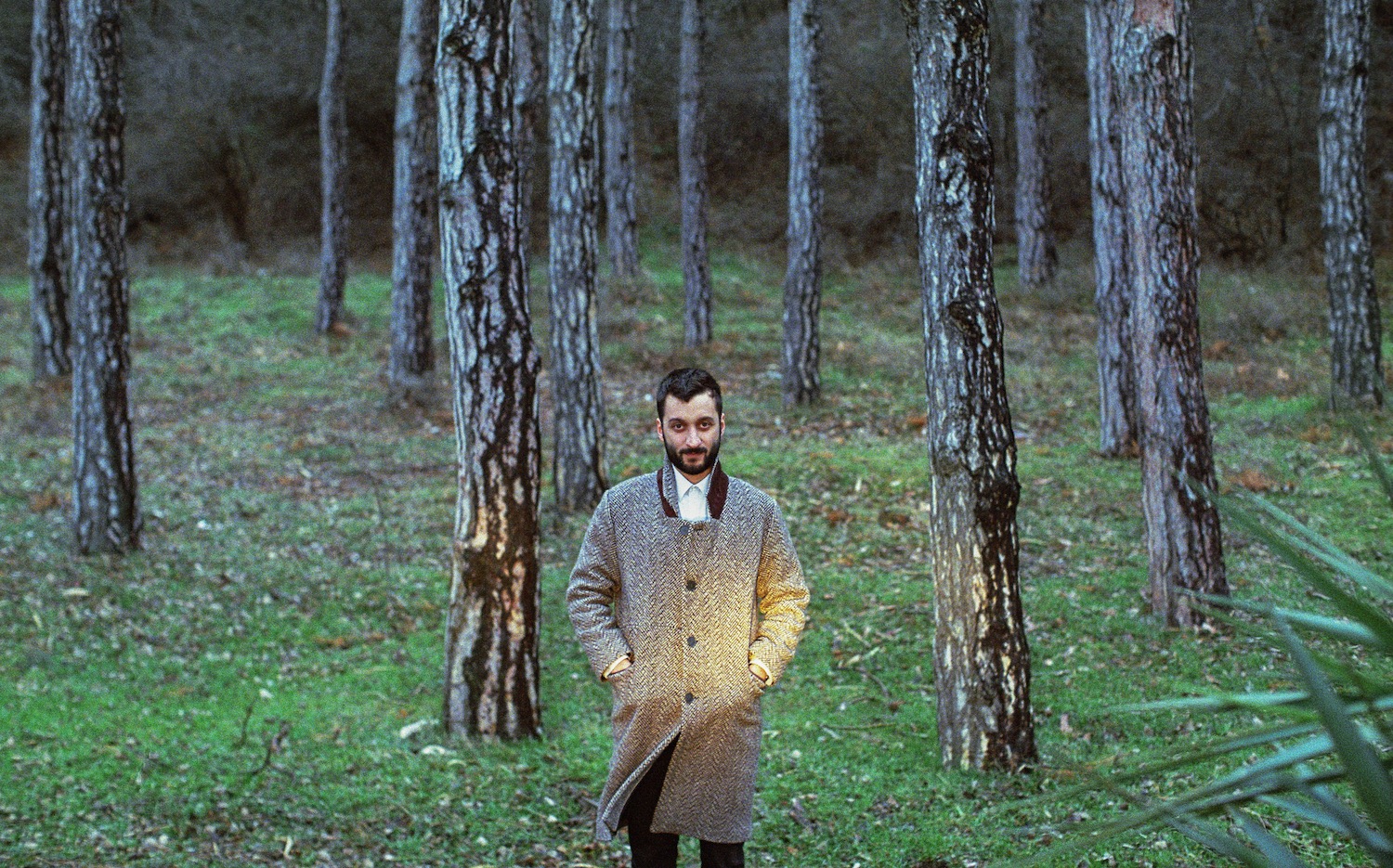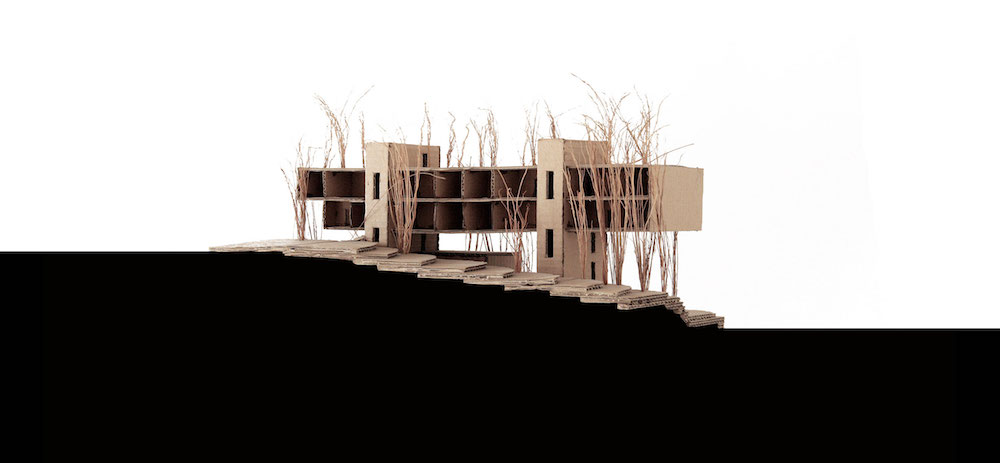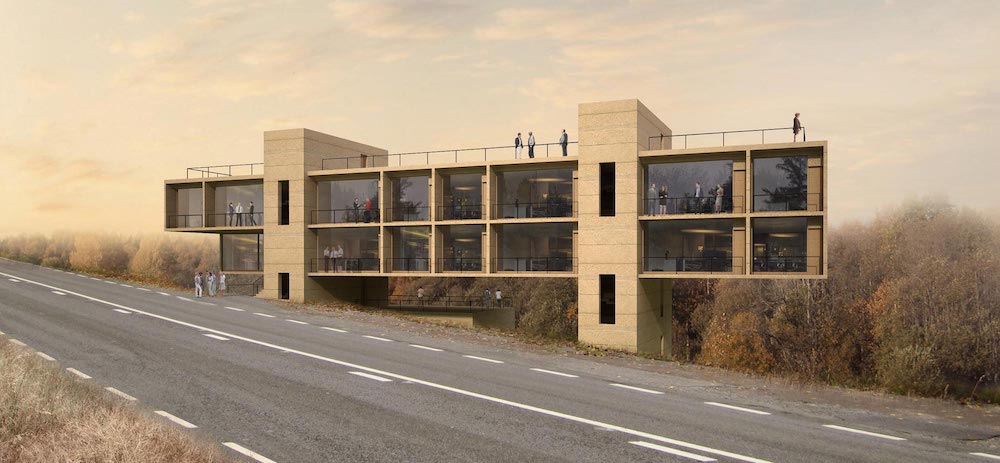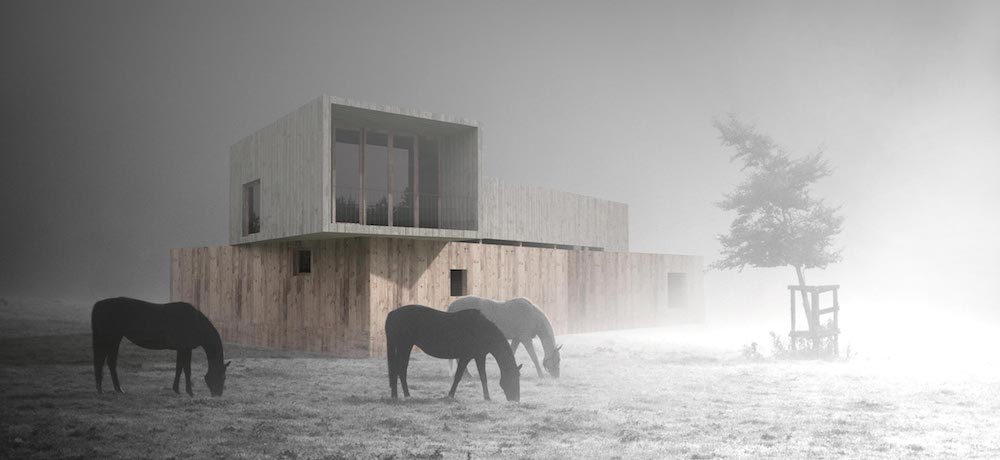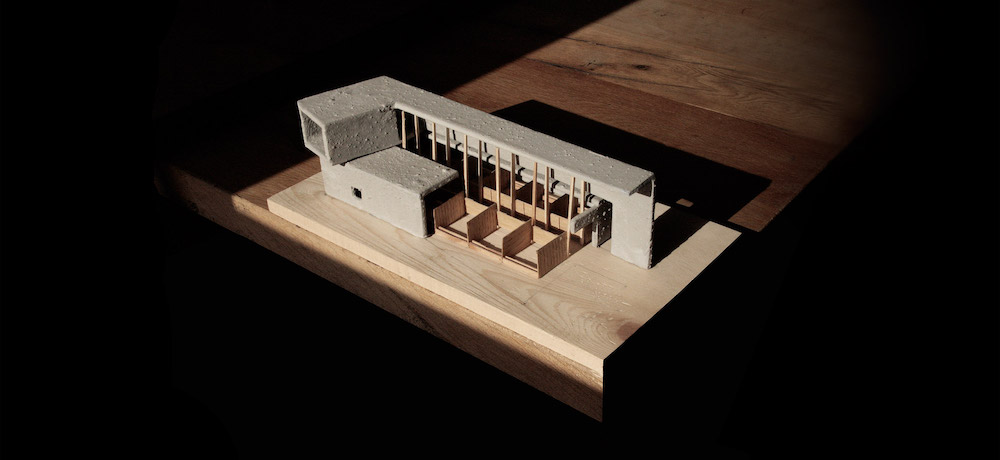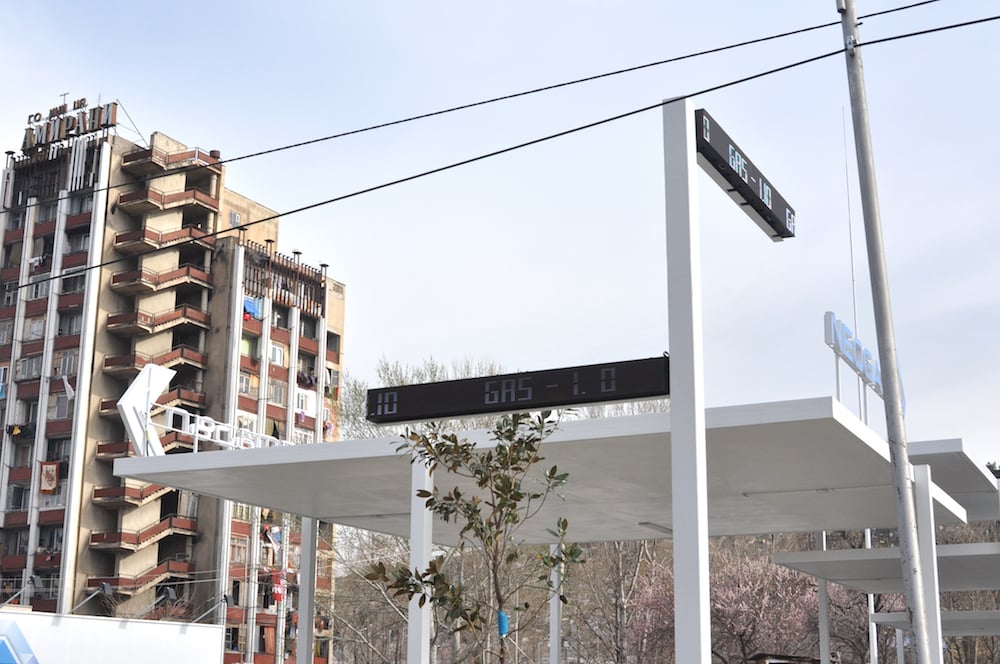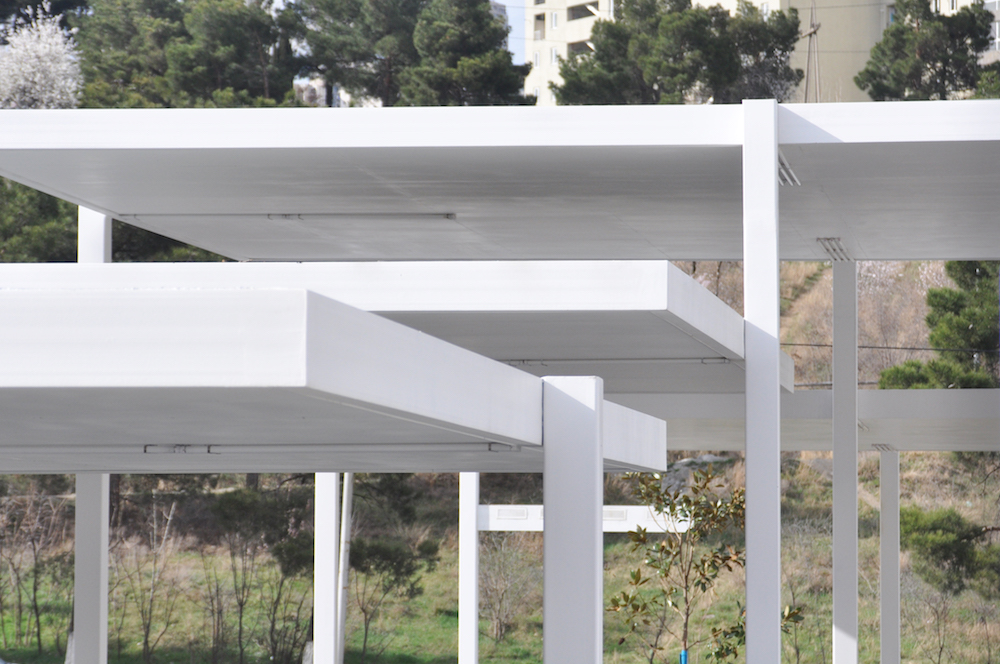Wunderwerk: the experimental architects reimagining the future for Tbilisi
Blending conceptual art with classically minimalist design, Wunderwerk Architecture is living in the future and waiting for the rest of Georgia to catch up
Tbilisi is a city on the up, but it has its fair share of problems: crumbling infrastructure, informal housing, rampant development. In this context, bold young architects willing to adapt to shifting demands are needed more than ever. Gigi Shukakidze is the man behind Wunderwerk, an experimental architectural practice founded in 2013 and one of the leading lights of new Georgian urbanism. Describing their mission as creating “poetics calculated with paradoxical mathematical precision”, they combine standard building design with a theoretical edge and a willingness to turn to other forms of intervention in the urban space where funds or political will fail — for instance, organising temporary exhibitions, or collaborating with artists on multimedia projects. Their realised work to date includes housing, a gas station, horse stables, plus a collaboration with Luxembourgish practice Witry & Witry. Shukakidze, who is also a co-founder of the new Tbilisi Architecture Biennial and expert jury of The Fundacio Mies Van Der Rohe, spoke to The Calvert Journal about his vision of urbanism and the problems facing daring young practitioners in the Georgian capital.
Architecture in Tbilisi is facing some big problems. There is no economic basis for development. Architects are in a weakened position: the fear of losing projects makes them give in to clients’ demands. And individual clients don’t have the budget to think outside the box. Our market is oriented only around housing. This commercial routine kills their inner, hidden potential of architecture. There are no opportunities to redefine the contexts in which architecture works.
For 20 years, Tbilisi has had a problem with corruption. Mainly it’s been to do with selling off plots of land, which has allowed developers to do what they want with the cityscape. This created a kind of rapid, spontaneous urbanism, an urban informality. You could address that with a master plan for the city, but we’ve been waiting for a new master plan for two years now.
Sometimes architects don’t see how their projects contribute to urban problems, because they cannot see how buildings reinforce the urban context they’re placed into. That’s how gentrification happens: architects think they’re addressing buildings’ different needs, but they cannot follow how what they build will work in the urban context.
A building is only one way of understanding the link between architecture and people, social and urban issues. That’s why I run Wunderwerk along three lines: commercial (we have to make some money to rent the office), but also experimental and theoretical: that is, architecture that is somehow “beyond” the buildings. We’ve built five projects — housing, a gas station, we won a competition to build a school project in Luxembourg — but we also do pavilions, installations. You can use different media to create new environments, new spaces. For example, we have a project now with a musician friend of mine where we merge sound, video, and space. So, we take sounds from a church and place them into a shopping mall, for instance, or from a shopping mall into a library.
For me, there are no architectural ideals. I don’t want to be fixed to only one way of discussing and thinking about buildings. Everything is one big stream of information. I cannot replicate details and structures from one building to another because I want to critique my work as much as possible. In my designs I want to reduce buildings to their initial archetypes. Rather than facades or outer layers, I focus on the purpose and principles of the building, its functions. For instance, our gas station project: we designed it with the processes that occur around it — the chaos of taxi drivers queueing for petrol — in mind. The building itself only needs subtle structures, verticals and horizontals according to golden ratios, which are felt but not inscribed.
Georgian architecture lacks an experimental spirit, something to move people away from the trends and forms that make up the international vocabulary of architecture. This is also a question of information. We are a post-Soviet country. For a long time, we were detached from global processes, and information about “things” like modernism arrived here very late. This created a lot of confusion in the 90s, as architects tried to get involved in global practice for the first time. The internet has made us more aware of trends but people still work on intuition. What we need is to make things that are not defined by the pre-existing order — we need to define new contexts. Something that seems aggressive now will produce new effects after a few years. That’s what happened with the Eiffel Tower. Or with our own TV tower here in Tbilisi: it seemed aggressive, impressive, expressive when it was built [in 1972], but today it’s become an iconic landmark of the town.
Interview: Samuel Goff
